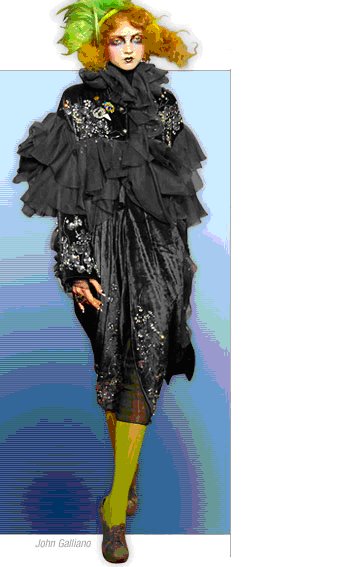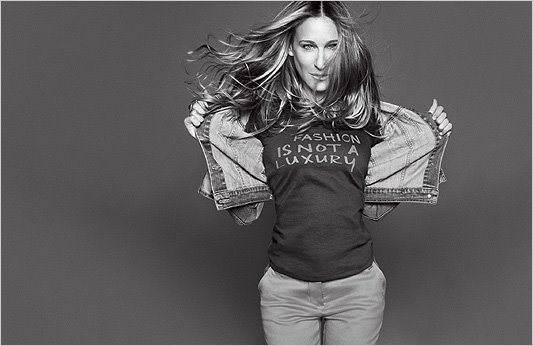Tuesday, May 26, 2009
The Fall Season Jewelry Trend
The Fall "bling bling" trends are vintage styles mixed with a touch of romantic rock 'n' roll spirit.
Look for statement sizes and gold plate tones like antique gold and burnished gold. And don't be afraid to put layers upon layers, and enjoy the mix-and-match fun.
Vintage glamour is evoked in the multiple-strand tassel necklace featured above with rich texture in its mixed golden metal finishes and intricate braidings. The fringe treatments help add fluidity.
Big, bold romantic rock 'n' roll pieces, are must-have fashion pieces throughout 2009.
So rock on this fall
Tuesday, May 12, 2009
Incorporating vintage pieces into your modern wardrobe
You might think of your vintage clothing as the focal-point in your outfit. The rest of the outfit should compliment it, by shape and color. You pretty much follow the rules as modern fashion goes, but throw in some unique elements of vintage to replace some major parts. Vintage dresses are the are the easiest to incorporate but some ways to modernize them are by simply wearing tights, a modern cardigan, shoes(such as ballet flats) or even just by the way you do your hair. It's up to the wearer to decide how "modern" she(or he!) wants to look, so by adding just a few or all of these things can determine if you look like you are even from this decade!
Friday, May 1, 2009
Buying Future Vintage
Buying vintage needs a discerning eye is required to ensure maximum returns. Buy a good designer at their peak if the label says Dior, you want it to be by Christian himself rather than by Marc Bohan, who took over in 1962. If the piece of clothing is by Yves Saint Laurent, it's haute couture that will accrue the most value in years to come, not Rive Gauche (from the Seventies and Eighties), or Variations (from the Nineties) – both are still too recent to hold the same cache. And even if those criteria are fulfilled, avoid anything that has serious staining or alterations, which seriously decrease the value. Store the pieces out of sunlight (fading is a no-no), and start to get paranoid about moths, damp and mildew.
As far as jeweler goes, wisdom is that signature pieces are key: whereas clothing requires a famous label, stylistically strong pieces from the 1920s and 1930s don't have to be Cartier to be of value. "Rather than the value of the stones, it's the dynamism of the design is the key. Remember that jewelry is very much part of high fashion.
If your investment potential doesn't stretch to haute couture, there is still much to be said for starting small. This theory of demand for exclusivity filters down on to the regular department stores, too, if your budget is a little more limited in this economy. So if you pick up some of-the-moment high-demand fashions – such as the collaborations that some named stores do with big-name designers such as Stella McCartney or Vera Wang for instance – you are almost guaranteed a return for your money.
As the outlay is not as great as that in high fashion, it makes sense that the profit margins won't be as high, but it also makes sense to start somewhere, accruing capital that you can then put into more expensive wares. A sharp eye for detail, the knowledge of what name counts on a label, and a great deal of patience are required if you want to start making fashion work for your bank balance. Shopping to make money necessitates something of a mental shift, it's true, but if you can bear to buy fashion that you will never wear, a potential goldmine awaits.





